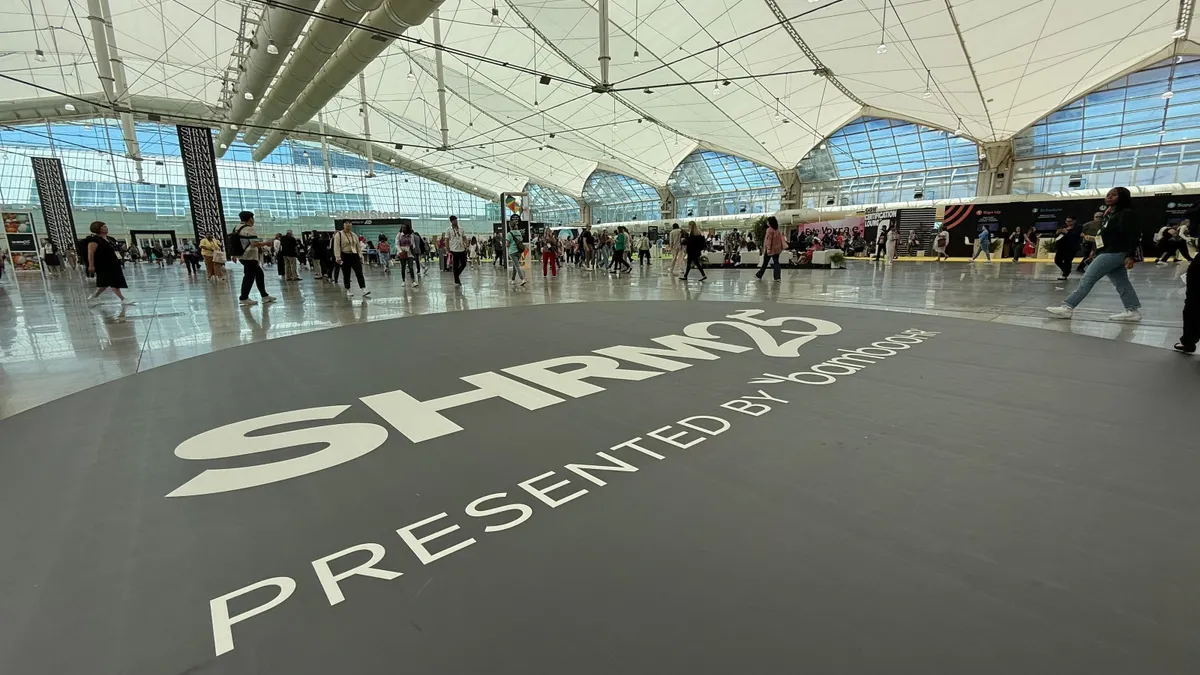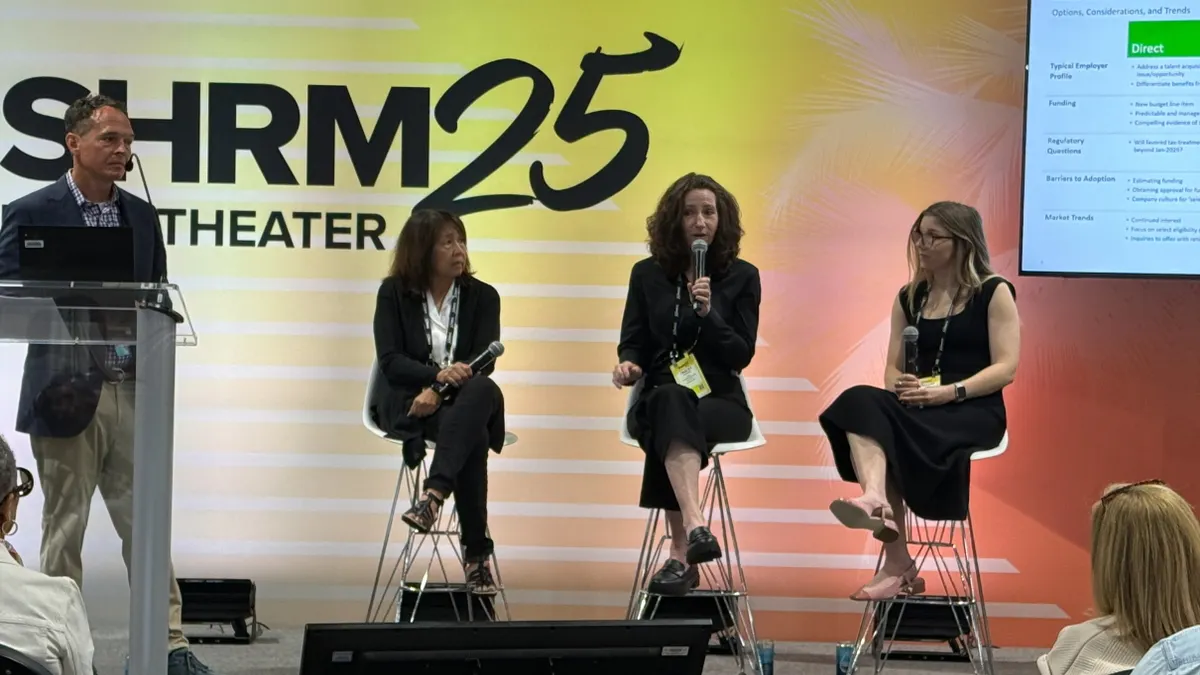Editor's Note: The following is a guest contribution from Jan Bruce, CEO and co-founder of meQuilibrium, the digital coaching platform based on the science of resilience.
At the recent Pacific Business Group on Health conference, several Fortune 100 companies admitted to all but giving up on their corporate wellness programs. They have spent millions of dollars and many years putting robust, complex programs in place. They had taken a strategic, measured approach: building awareness, implementing thoughtful communication and adding incentives, all with hopes of moving their employees to long-term engagement.
At least, that was the plan.
What’s happened, however, is that despite best efforts, employees aren’t engaged. When the University of California recently discontinued its wellness coaching and incentives programs, the employer didn’t get one piece of negative feedback from its employee base of nearly 200,000.
Philosophically, leadership believes in corporate wellness, but the traditional model has not been effective. In fact, according to research by Towers Watson, only one-third of employees say that wellbeing initiatives offered by their employers encourage them to live healthier lifestyles. In addition, 32 percent of employees say that these programs do not meet their needs. This begs the question, is workplace wellness working? How can HR make it better in 2016?
For years, corporate wellness has been operating on an assumption that if a company tells people how to change their behavior, they will follow through. The reality is that people may put forth good effort to change behavior, but setbacks, stress and negative thinking get in the way.
It’s the setbacks that keep people from staying engaged in their wellbeing and frankly cost us a lot of money in terms of both relapse and lack of engagement. Next year, we’ll start to see the wider adoption of a new model of workplace wellness that includes emotional wellbeing as a foundation—particularly programs such as resilience training that get at the root cause of what causes stress and unhealthy behaviors. This new model will also include creative social programs and a fresh approach on incentives as key drivers of behavior change and long-term engagement. Here’s more on each.
1. Resilience is Foundational for Emotional Wellbeing
We’re seeing more companies, from Fortune 500 to technology startups, addressing emotional wellbeing as a foundational driver of their overall wellness efforts with resilience programs. By identifying mistaken and distorted thoughts that generate distress, and then challenging and correcting them, employees are building their resilience, which in turn improves business outcomes. These organizations are seeing how high resilience correlates with better overall health status, lower perceived stress, lower rates of being overweight, and lower rates of depression and hospitalization.
2. Social Boosts Engagement
Companies will get creative around social, such as encouraging competitions and other similar ideas, as they drive sustained engagement. Studies show that when employees get involved in wellness programs through social methods, they are more likely to stay engaged long term. One Fortune 50 company that has revamped its traditional wellness program has restructured around a social model.
In the past, programs were available only to employees and spouses. However, real behavior change requires the support of your community, so this company made the programs available to anyone in an employee’s circle: friends, family, neighbors. The program is designed for challenges, so employees are encouraged to make a team and the teams compete against each other. Team-based wellness is more fun, stays relevant, and creates accountability.
3. Incentives 2.0
Employees quickly fizzle on weak incentives and companies can’t keep dangling expensive carrots to get engagement. Next year, we’ll see companies making meaningful and sometimes large charitable donations, rather than offering individual retail gift cards or small reductions in individual health plan costs.
Research shows that charitable giving improves happiness and bolsters self-image. At Target, the winning team of a month-long fitness challenge was awarded $1 million to be donated to their charity of choice. Microsoft has tied its incentives to charitable contribution, as well. Recent research from the Association for Psychological Science showed that individuals who performed helpful behaviors also exhibit improved wellbeing, more positive emotions, and overall better mental health.
Thanks to years of research and trial-and-error, companies know more about moving populations toward a lifetime of wellbeing and a lifestyle of health. Companies are evolving their offerings to be more whole person, more social, and more focused on creating lasting good—not just lowering costs. And leaders are not nearly ready to give up. As one HR leader at a Fortune 50 company said of working on workplace wellness, “It has made me a better person, father, and a better man.”




















